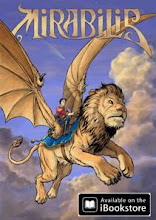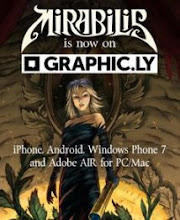"Right from the beginning I said, 'She's got to have tits,' even though that makes no sense because her race, the Na'vi, aren't placental mammals." - James Cameron
Science fiction is stuffed with "insectoid" or "reptilian" aliens, and interstellar fungi, even though those are all Terran families of life. The creatures we encounter out there won't fit into any Earthly taxonomy. Nor will they have the musculature and skeletal structure of mammals, but most of the aliens we see in movies do because the animators trained on the principles of human anatomy and movement.
Predator and Alien were basically just humans with funny heads, but to be fair the film makers did originally have to put actors inside those costumes. Nowadays CGI means we ought to be freer to get creative. We can push through to the basics in order to create genuinely original creatures, starting with non-Terran musculoskeletal structures (like the Kzin skeleton below, for example) and working up from there.
I'm not saying film makers have to be scientifically precise. SF writers never are. Some hand-wavy xenobiology speculation can be fun and fruitful. The concept artists could start by looking at zoologist Dougal Dixon’s seminal book After Man, in which he speculates on how Earth creatures might evolve if humans were no longer on the scene. Or take a look at Dixon's Greenworld project -- still looking for a publisher, which is a scandal in a world where Malcolm Gladwell and Yuval Noah Harari are million-selling pop "science" authors -- or the impressively imaginative Epona.
That's SF. In fantasy theoretically anything goes, and that’s fine when an author is just telling a story – Eddison in The Worm Ouroboros has goblins on the planet Mercury quoting Shakespeare at each other. It's a classic novel that sits at the dreamlike let's-pretend end of fantasy. But if you turned Ouroboros into a game so that players could explore the setting they'd start looking at all the bonkers inconsistencies and ask what they all meant. They’ll look for patterns and rules to exploit because that’s what humans are. They do science. So throw-it-at-the-wall fantasy doesn't always get a pass these days.
Where you draw the line is also different for prose (smaller audience, more discerning, requires imagination, benefits from interiority) and cinema (immediate emotional impact, less depth, more visual). And it's interesting that Cameron specifically identifies Avatar as science fantasy (a tradition dating back to Planet Stories and earlier pulps) rather than science fiction. In that genre, breasts on an alien aren't necessarily a boo-boo.

























No comments:
Post a Comment